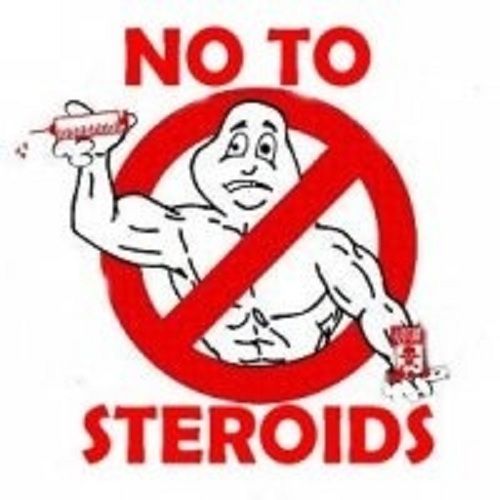One of my friends who went through my blog asked me about the photo on this blog.
I had seen the photo for the first time in the Sydney suburb of Newtown. It is quite visible while travelling by train. It is captioned "THREE PROUD PEOPLE: MEXICO 68"
 Here is a wiki on this :
The protest
Here is a wiki on this :
The protest
On the morning of October 16, 1968,[2] U.S. athlete Tommie Smith won the 200 meter race in a world-record time of 19.83 seconds, with Australia's Peter Norman second with a time of 20.06 seconds, and the U.S.'s John Carlos in third place with a time of 20.10 seconds. After the race was completed, the three went to collect their medals at the podium. The two U.S. athletes received their medals shoeless, but wearing black socks, to represent black poverty.[3] Smith wore a black scarf around his neck to represent black pride, Carlos had his tracksuit top unzipped to show solidarity with all blue collar workers in the U.S. and wore a necklace of beads which he described "were for those individuals that were lynched, or killed and that no-one said a prayer for, that were hung and tarred. It was for those thrown off the side of the boats in the middle passage."[4] All three athletes wore Olympic Project for Human Rights (OPHR) badges after Norman, a critic of Australia's White Australia Policy, expressed empathy with their ideals.[5] Sociologist Harry Edwards, the founder of the OPHR, had urged black athletes to boycott the games; reportedly, the actions of Smith and Carlos on October 16, 1968[2] were inspired by Edwards' arguments.[6]
Both U.S. athletes intended on bringing black gloves to the event, but Carlos forgot his, leaving them in the Olympic Village. It was the Australian, Peter Norman, who suggested Carlos wear Smith's left-handed glove, this being the reason behind him raising his left hand, as opposed to his right, differing from the traditional Black Power salute.[7] When "The Star-Spangled Banner" played, Smith and Carlos delivered the salute with heads bowed, a gesture which became front page news around the world. As they left the podium they were booed by the crowd.[8] Smith later said "If I win, I am American, not a black American. But if I did something bad, then they would say I am a Negro. We are black and we are proud of being black. Black America will understand what we did tonight."[3]
[edit]International Olympic Committee response
International Olympic Committee (IOC) president, Avery Brundage, deemed it to be a domestic political statement, unfit for the apolitical, international forum the Olympic Games were supposed to be. In an immediate response to their actions, he ordered Smith and Carlos suspended from the U.S. team and banned from the Olympic Village. When the US Olympic Committee refused, Brundage threatened to ban the entire US track team. This threat led to the two athletes being expelled from the Games.
A spokesman for the IOC said it was "a deliberate and violent breach of the fundamental principles of the Olympic spirit."[3] Brundage, who was president of the United States Olympic Committee in 1936, had made no objections against Nazi salutes during the Berlin Olympics. The Nazi salute, being a national salute at the time, was accepted in a competition of nations, while the athletes' salute was not of a nation and so was considered unacceptable.[9]
The official IOC website states that "Over and above winning medals, the black American athletes made names for themselves by an act of racial protest."[10]
[edit]Aftermath
Smith and Carlos were largely ostracized by the U.S. sporting establishment in the following years and, in addition, were subject to criticism of their actions. Time magazine showed the five-ring Olympic logo with the words, "Angrier, Nastier, Uglier", instead of "Faster, Higher, Stronger". Back home, they were subject to abuse and they and their families received death threats.[11]
Smith continued in athletics, going on to play in the NFL with the Cincinnati Bengals, before becoming an assistant professor of Physical Education at Oberlin College. In 1995, he went on to help coach the U.S. team at the World Indoor Championships at Barcelona. In 1999 he was awarded the California Black Sportsman of the Millennium Award. He is now a public speaker.
Carlos' career followed a similar path to Smith's. He initially continued in athletics, equalling the 100 yard dash world record the following year. Later, he played in the NFL with the Philadelphia Eagles, before a knee injury prematurely ended his career. He fell upon hard times in the late 1970s and, in 1977, his ex-wife committed suicide, leading him to a period of depression.[12] In 1982, Carlos was employed by the Organizing Committee for the 1984 Summer Olympics in Los Angeles to promote the games and act as liaison with the city's black community. In 1985, he became a track and field coach at Palm Springs High School, a post he still holds.
Norman, who was sympathetic to his competitors' protest, was reprimanded by his country's Olympic authorities and ostracized by the Australian media.[13] He was not picked for the 1972 Summer Olympics, despite finishing third in his trials. Smith and Carlos were pallbearers at his funeral.[14]
In 2005, San Jose State University honored former students Smith and Carlos with a 22-foot high statue of their protest.[15] A student, Erik Grotz, initiated the project: "One of my professors was talking about unsung heroes and he mentioned Tommie Smith and John Carlos. He said these men had done a courageous thing to advance civil rights, and, yet, they had never been honored by their own school." In January 2007, History San Jose opened a new exhibit called Speed City: From Civil Rights to Black Power, covering the San Jose State athletic program "from which many student athletes became globally recognized figures as the Civil Rights and Black Power movements reshaped American society."[16]
On March 3, 2008, in the Detroit Free Press editorial section, an editorial by Orin Starn entitled "Bottom line turns to hollow gold for today's Olympians" lamented the lack of social engagement of modern sports athletes, in contrast to Smith and Carlos.
Smith and Carlos received an Arthur Ashe Courage Award at the 2008 ESPY Awards honoring their action.[









